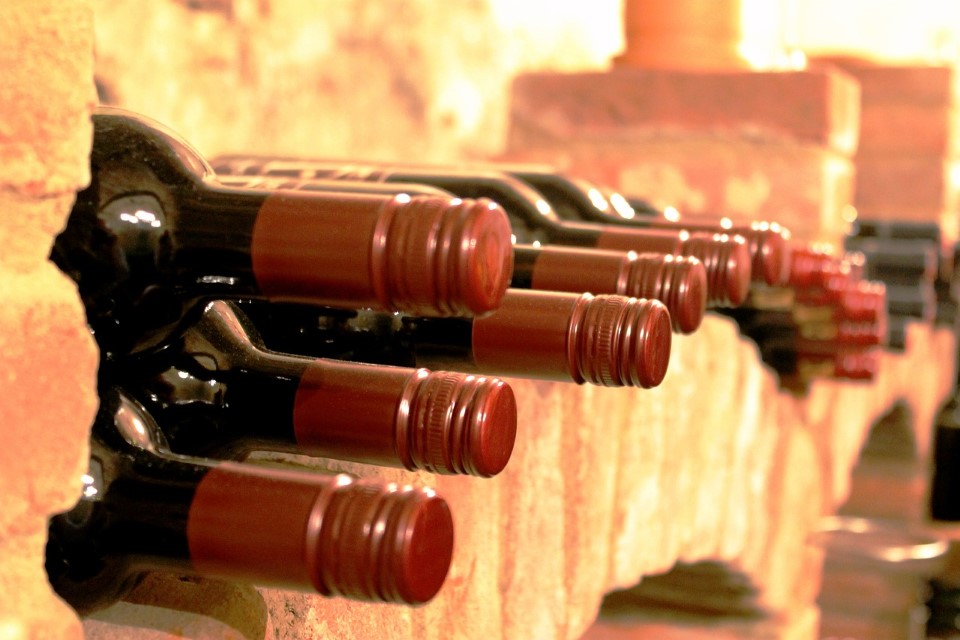Wine cellars are one of the ultimate symbols of luxury in a home and will be sure to add further excitement to the next dinner party you host. However, like all the best things in life, an enviable wine cellar is lavishly expensive and requires plenty of time and attention to maintain.

If you have a penchant for fine wines or are beginning your own collection, a spectacular wine cellar could certainly be worth your while. But before you plan to install one in your home, read on to find out everything you need to know about this spectacular space.
When do you need a wine cellar?
The need for a wine cellar depends on the types of wine you buy, how many bottles you are likely to have at a given time, and how long you intend to keep them before pulling out the cork.
For instance, a wine cellar will not be necessary if you typically buy wine on a bottle-per-bottle basis, with a view to drinking each within the next few months. This is especially true if you are partial to wines that don’t need to age.
However, a wine cellar is required for anyone who owns a high quantity of quality wine with good ageing potential. Such wines should be purchased from reputable merchants such as Justerini & Brooks and once you have a collection of more than 20 fine wines you wish to mature, then it may be time to consider installing a wine cellar.
To determine whether a wine will age, you can try the ‘second-day test’ if you have multiple bottles. Your wine is expected to age well if it tastes as good (or better) the day, or days, after opening.
Fine wines with good ageing potential are extremely sensitive to external influences. However, by incorporating a wine cellar into your home, you can store your collection in optimal conditions for many years, guaranteeing perfection once it comes to drinking or selling.
What do wine cellars do?
A reliable wine cellar must regulate the following conditions:
Regulate temperature
The perfect temperature is of the utmost importance to your wine. If it is too hot, the wine will age quicker than desirable, resulting in flat aromas and flavours. And if the surroundings are so cold the liquid freezes, the ice could expand and push the cork out altogether. The ideal temperature falls between 45° F and 65° F, with 55° F often cited as close to perfect. Minor temperature fluctuations won’t have too much of an effect, but you should still aim to keep as consistent a temperature as possible in your wine cellar.
Control light
For long term storage, you must ensure your wine is not exposed to any sunlight, as UV rays can cause premature ageing. In fact, wine bottles are usually green because the tinted glass is able to block sunlight, preserve antioxidants, and thereby protect the wine from oxidation as it matures. Therefore, your wine cellar should be as dark as possible.
Optimise humidity
High humidity levels are best for a wine cellar. A lack of moisture could cause the corks to dry out and allow air into the bottles, ultimately oxidising and damaging the wine. Extremely damp conditions could promote mould, and though this won’t impact the taste of a sealed wine, it could damage the labels, which will lower the value of any bottle you plan to sell. The ideal humidity is between 65% and 75%, though anywhere between 50% and 80% is considered safe.
Eliminate movement
It is important that your wine is not in close proximity to any appliances that vibrate, such as fridges or washing machines. Vibrations agitate the wine and also prevent sediment from settling in the bottle. This is more common reds but can also occur in whites. Therefore, wines must be kept perfectly still and also stored on their side. Not only is this space-efficient, but it also keeps the liquid against the cork and prevents it from drying out.
How do you install a wine cellar?
Basements are usually the best location for a wine cellar, but you can still create one without this space. Firstly, you need to find a part of your home which is free from direct sunlight. This could be the attic, under the stairs, or simply convert a part of a room into a walk-in wine cellar.
In order to properly insulate and control the environment, you’ll want to frame the area with some basic 2×4 or 2×6 walls. Follow this with spray-foam insulation, which is both an insulator and a vapour barrier. You must also ensure to incorporate an exterior-grade insulated door, and that any glass is dual-paned for added insulation value.
Next, install a cooling system which can regulate both temperature and humidity. When doing this, you will also need to make sure you can vent the heat generated by the system somewhere else, and therefore will need to have an adjoining exhaust room that can absorb the heat.
When it comes to lighting your wine cellar, track lighting fixtures, puck lights and LED strip lights emit virtually no heat and can also light the space in interesting ways, to show off your collection. While incandescent bulbs are considered to be safer than fluorescent bulbs as they emit very small amounts of UV light, both of these options emit significant heat and therefore are not ideal for a wine cellar. In terms of aesthetics, you should also consider how best to display your wine. There are many different racks available that vary in material, size, and budget. If you’re unsure, there are many wine cellar specialist organisations you can turn to for assistance.
With a well-constructed wine cellar, you can proudly display your collection in an attractive manner while also ensuring each bottle will be in perfect condition when it’s ready to drink or sell.




